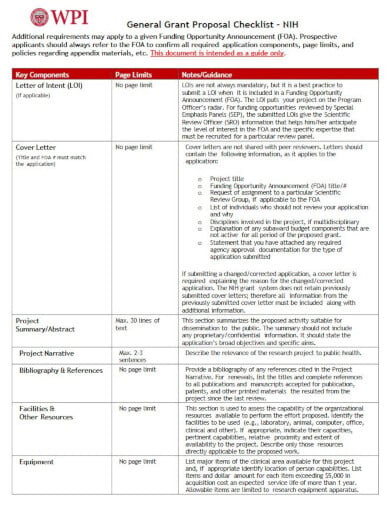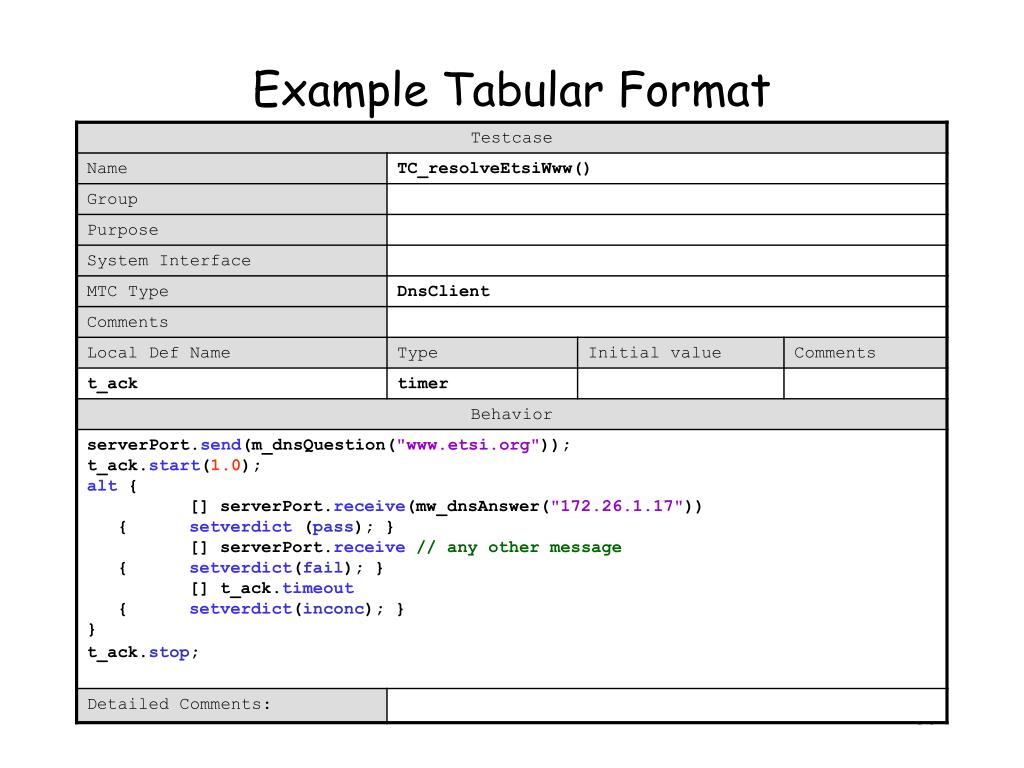
#TABULAR LIST PC#
TI 59 on PC 100 printer console (1977): programmable pocket calculator with recordings on magnetic cards. Olivetti Programma 602 (1971): Same logic like Programma 101, but uses DTL, TTL IC-technology and semiconductor memoryĭIEHL Combitronic (1971): Same logic like Combitron, uses already MOS-technology (logic with only 6 ICs) but still delay line memory and booting from metallic punchcards.ĭIEHL Alphatronic, shift register as storage, with seperated punchcard puncher and punchcard reader (about 1973).**Ĭanon 1614 P (1973): Programmable calculator with integrated punchcard reader and seperated printer (no manual). More desk calculators: Olympia RAE (different types, 1965): Calculator with core memory that is not programmable, germanium transistors and nixie tubes (floating point).Ĭompucorp 322, 324 (1972): Scientific "pocket" calculator. The bad documentation from Olivetti is remarkable. Typewriter for output, paper tape puncher, cassetteĬomplete installation in the "Bauhaus" style from the 70s. The world's first BASIC-programmable desktop calculator.Īlphanumerical display for 32 chars on a 5x7-dots LED-matrix.Ī calculator with so much periphery is very rare Thermal printer, plotter, high speed paper tape puncher, World's first desk calculator with algebraical language andĪlphanumerical display on a 5x7 dots LED-matrix, Magnetic card Printer, plotter, punchcard reader, external cassette drive Perfomance-related viewn it is set between the WANG 700 and the WANG 500. Has the same logic like the HP 9100, but was built with Plotter, paper tape reader, external cassette drive Trimmed-down version of the WANG 700 - single-line nixie tubesĭisplay, thermal printer, cassette drive. Extremely expensiveĭevice (28.000 DM + many more than 50.000 DM for

(x-, y- Register), program storage on cassetts. These instructional notes indicate the proper. Wherever such a combination exists there is a 'use additional code' note at the etiology code, and a 'code first' note at the manifestation code. Big doublespaced display featuring nixie tubes For such conditions the ICD-10-CM has a coding convention that requires the underlying condition be sequenced first followed by the manifestation. Many years the world's fastestĭesk calculator. Milestone of computer engineering! First IC-technology (DTL, TTL). Sense Card Reader, punchcard reader, DIN A0 flatbed plotter,Īdditionally alphanumerical keyboard, Microface, double cassette TransitorĬomplex printer (standalone device) that can plot, too.

Very fast computation ofįirst desktop calculator by HP. One of the world's first scientific programmable desktopĬalculators.

#TABULAR LIST MANUAL#
Punchcard reader, manual punchcard reader Is internally booted from metallic punchcards. The device'sĬalculator features only 130 transistors. Germany's first freely programmable desk calculator. The delay line memory has aĬapacity of 240 Byte. Type 132 is featured withįirst desk calculator that saves programs on magnetic cards The world's first desk calculator with display onĬathode ray tube 4 registers are displayed It uses threaded ROM for very simple and solid programs. You can review and control your cookies by clicking on Accept All. The world's first printing electonical desktop calculator. Our website uses cookies that are necessary for its operation and to improve your experience. The worlds's first transistorised desk calculator.įirst calculator with "floodlight display", The world's first electronic desk calculator. This course uses basic desktop Python development environments, allowing you to run Python programs directly on your computer.Tabular list of desk calculators type or manufacturer While most Python programs continue to use Python 2, Python 3 is the future of the Python programming language. This will extend your Python programming expertise, enabling you to write a wider range of scripts using Python. These concepts and skills will help you to further extend your Python programming knowledge and allow you to process more complex data.īy the end of the course, you will be comfortable working with tabular data in Python. CSV files are a generic, plain text file format that allows you to exchange tabular data between different programs.

We will also teach you about CSV files and Python's support for reading and writing them. We'll learn about reading, storing, and processing tabular data, which are common tasks. This course will continue the introduction to Python programming that started with Python Programming Essentials and Python Data Representations.


 0 kommentar(er)
0 kommentar(er)
